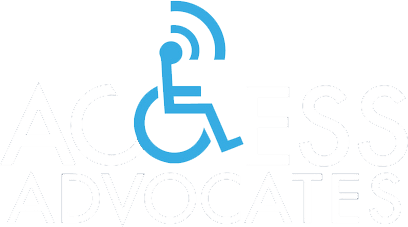Our blog was rather busy last month with a post about accessible playgrounds. Parents and grandparents loved the article and began asking questions concerning the rules regarding accessible school buildings. So, naturally, we decided to follow-up with a post explaining the rules governing ADA accessible classrooms.
For clarification, it is important to note the rules are the same for all levels of education, be it pre-school, grade school, junior high school, high school, or collegiate.
Here’s what the law says about accessible classrooms:
ADA Chapter 2: Scoping Requirements, Section 221 Assembly Areas
- 221.2.3 Lines of Sight and Dispersion: “Wheelchair spaces shall provide spectators with choices of seating locations and viewing angles that are substantially equivalent to, or better than, the choices of seating locations and viewing angles available to all other spectators.”
- 221.2.3.1 Horizontal Dispersion: “Wheelchair spaces shall be dispersed horizontally. Wheelchair spaces are located within the 2nd or 3rd quartile of the total row length.”
- 221.2.3.2 Vertical Dispersion: “Wheelchair spaces shall be dispersed vertically at varying distances from the screen, performance area, or playing field.”
So, what exactly does this all mean? For accessible classrooms, the key issue is the line of sight for the individual in the wheelchair.
Follow this simple exercise: Divide the classroom into four equal parts from front to back and again from side to side. In the figure below you will see four shaded squares clustered in the center. Together, these shaded squares represent the center of the classroom. This is where a person in a wheelchair must sit to meet the requirements of 221.2.3 Lines of Sight.

Additionally, the classroom entrance door must be accessible for both entry and exit. There must be an accessible route with a clear width of 36 inches from the entrance door to the wheelchair space. Finally, the person in the wheelchair must be able to back out from his or her desk, turn around and move to the door all within a 5 foot diameter circle.
The person in the wheelchair cannot sit in the front row, back row or at the end of a side row and be ADA compliant. These requirements also apply to school theater seating.
If you believe your school or your child’s school is non-compliant with ADA regulations, please contact us. We are here to help raise awareness and make lasting changes for ADA building compliance and improve accessibility in your community.

